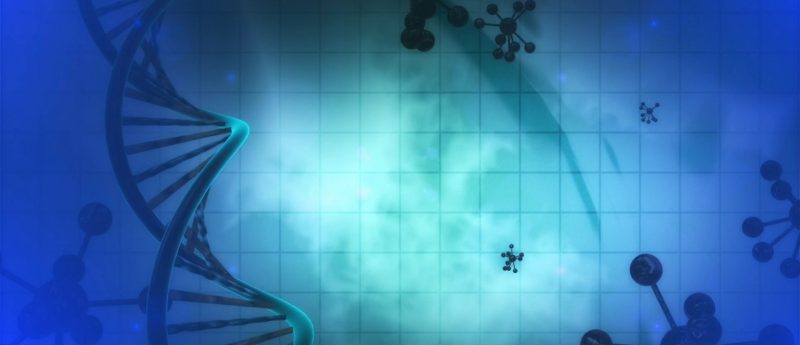CRISPR gene editing just got a little more crisp

A new CRISPR system described this week in Cell has people wondering: how much better can this system get?
Feng Zhang was one of the first researchers to have begun
working on CRISPR-Cas9, one of the most exciting scientific tools since
PCR, back in 2011. Four years later Zhang and his colleagues seem to
have superseded this system with CRISPR-Cpf1.
CRISPR Cas9 exists
as an adaptive immune system in prokaryotes where a bacterium targets
invading viral DNA and cuts it with a Cas9-RNA complex, resulting in a
double-stranded break with blunt ends. It was discovered that this
system could be hacked to create cuts at targeted sites and either
disrupt genes or insert new genetic material. While the blunt ends do
not matter for a bacterium, whose only concern is to stop the virus, it
is not the ideal situation for researchers looking to insert novel
sequences at a targeted position in the genome.
The system described by Zhang and colleagues in the Cell paper is simpler in a number of ways:
- Cas9 is guided by a pair of guide RNA molecules whereas Cpf1 only requires one RNA guide.
- The
cut performed by Cpf1 leaves the DNA cut with overhanging sticky ends;
this makes it much easier to reliably insert a desired DNA sequence. - The Cpf1 enzyme is also smaller than Cas9, making it easier to insert into target cells.
The
potential applications of CRISPR in various academic fields are broad
and powerful. Creating knockdown model organisms could be made easier,
as could processes in synthetic biology and gene therapy. Any increase
in efficiency of the system could have a huge effect on industry and
academic research.
One of the complications of the situation
remains a tangled lawsuit between Broad Institute (MA, USA) and
University of California, Berkeley (CA, USA) over the patenting of
CRISPR-Cas9. Feng Zhang had originally patented the system, but the
other pioneers of its use -Jennifer Doudna and Emmanuelle Charpentier-
have disputed the patent. The dispute is hotly contested as the future
of multi-million dollar companies and a potential Nobel Prize rests on
the outcome.
It is likely that this new discovery will not put a
stop to the patent dispute, but if the claimed benefits of Cpf1 are
realized in its application, it may make the dispute over the now
superseded Cas9 irrelevant.
The uptake of CRISPR-Cas9 by
companies and universities alike was lightning fast. One paper on PubMed
mentioned CRISPR-Cas9 in 2011. So far in 2015, 539 papers have
mentioned it. With the diversity and ingenuity of evolution stumbling on
solutions to viral infection, there are likely more enzymes out there
which may improve the process still further. It is an exciting time in
the history of genetics and genomics and observers are left to wonder:
how much better can these new tools get?
— Written by Gerald Clarke
Originally published on GenomicsNet